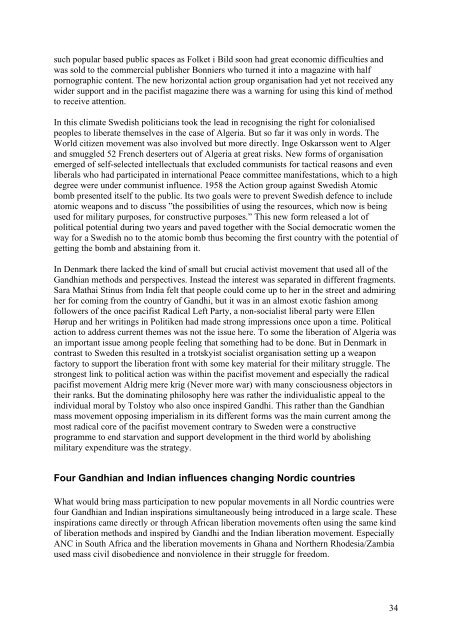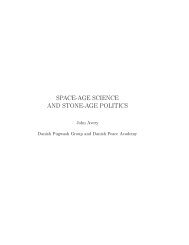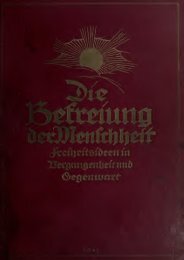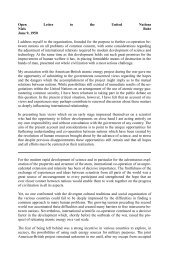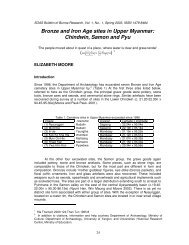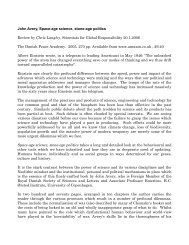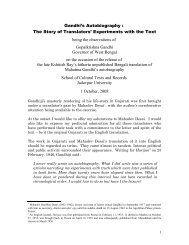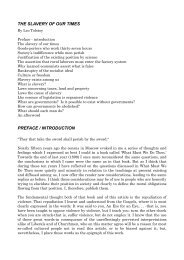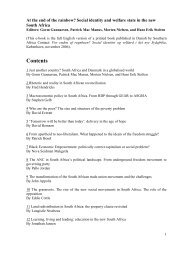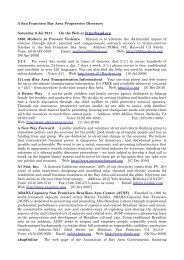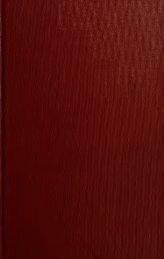Indian-Nordic Encounters 1917-2006 - Det danske Fredsakademi
Indian-Nordic Encounters 1917-2006 - Det danske Fredsakademi
Indian-Nordic Encounters 1917-2006 - Det danske Fredsakademi
Create successful ePaper yourself
Turn your PDF publications into a flip-book with our unique Google optimized e-Paper software.
such popular based public spaces as Folket i Bild soon had great economic difficulties and<br />
was sold to the commercial publisher Bonniers who turned it into a magazine with half<br />
pornographic content. The new horizontal action group organisation had yet not received any<br />
wider support and in the pacifist magazine there was a warning for using this kind of method<br />
to receive attention.<br />
In this climate Swedish politicians took the lead in recognising the right for colonialised<br />
peoples to liberate themselves in the case of Algeria. But so far it was only in words. The<br />
World citizen movement was also involved but more directly. Inge Oskarsson went to Alger<br />
and smuggled 52 French deserters out of Algeria at great risks. New forms of organisation<br />
emerged of self-selected intellectuals that excluded communists for tactical reasons and even<br />
liberals who had participated in international Peace committee manifestations, which to a high<br />
degree were under communist influence. 1958 the Action group against Swedish Atomic<br />
bomb presented itself to the public. Its two goals were to prevent Swedish defence to include<br />
atomic weapons and to discuss ”the possibilities of using the resources, which now is being<br />
used for military purposes, for constructive purposes.” This new form released a lot of<br />
political potential during two years and paved together with the Social democratic women the<br />
way for a Swedish no to the atomic bomb thus becoming the first country with the potential of<br />
getting the bomb and abstaining from it.<br />
In Denmark there lacked the kind of small but crucial activist movement that used all of the<br />
Gandhian methods and perspectives. Instead the interest was separated in different fragments.<br />
Sara Mathai Stinus from India felt that people could come up to her in the street and admiring<br />
her for coming from the country of Gandhi, but it was in an almost exotic fashion among<br />
followers of the once pacifist Radical Left Party, a non-socialist liberal party were Ellen<br />
Hørup and her writings in Politiken had made strong impressions once upon a time. Political<br />
action to address current themes was not the issue here. To some the liberation of Algeria was<br />
an important issue among people feeling that something had to be done. But in Denmark in<br />
contrast to Sweden this resulted in a trotskyist socialist organisation setting up a weapon<br />
factory to support the liberation front with some key material for their military struggle. The<br />
strongest link to political action was within the pacifist movement and especially the radical<br />
pacifist movement Aldrig mere krig (Never more war) with many consciousness objectors in<br />
their ranks. But the dominating philosophy here was rather the individualistic appeal to the<br />
individual moral by Tolstoy who also once inspired Gandhi. This rather than the Gandhian<br />
mass movement opposing imperialism in its different forms was the main current among the<br />
most radical core of the pacifist movement contrary to Sweden were a constructive<br />
programme to end starvation and support development in the third world by abolishing<br />
military expenditure was the strategy.<br />
Four Gandhian and <strong>Indian</strong> influences changing <strong>Nordic</strong> countries<br />
What would bring mass participation to new popular movements in all <strong>Nordic</strong> countries were<br />
four Gandhian and <strong>Indian</strong> inspirations simultaneously being introduced in a large scale. These<br />
inspirations came directly or through African liberation movements often using the same kind<br />
of liberation methods and inspired by Gandhi and the <strong>Indian</strong> liberation movement. Especially<br />
ANC in South Africa and the liberation movements in Ghana and Northern Rhodesia/Zambia<br />
used mass civil disobedience and nonviolence in their struggle for freedom.<br />
34


